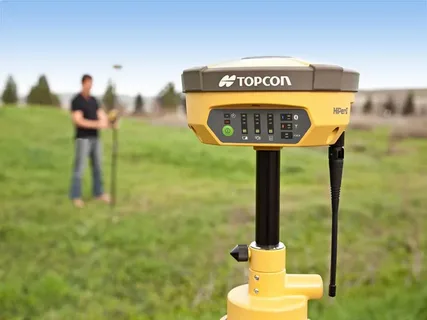Global Navigation Satellite Systems (GNSS) have transformed the way the world navigates and transports goods and people. From air traffic control to autonomous vehicles, gnss technology is deeply embedded in modern transportation infrastructure. As the demand for efficiency, safety, and sustainability grows, GNSS continues to play a critical role in reshaping how we move.
What is GNSS?
GNSS refers to a network of satellites that provide positioning, navigation, and timing (PNT) data to receivers on the ground. The most widely known GNSS is the Global Positioning System (GPS), operated by the United States. However, other systems such as Russia’s GLONASS, the European Union’s Galileo, and China’s BeiDou are also part of the global GNSS ecosystem.
These systems work together to offer accurate real-time data across the globe, making them essential for a wide range of applications, especially in transportation.
GNSS in Road Transportation
One of the most visible uses of GNSS in modern transportation systems is in road travel. Navigation apps, ride-sharing platforms, and fleet management solutions all rely heavily on GNSS to provide real-time traffic updates, route optimization, and driver monitoring. Logistics companies use GNSS to track vehicles, monitor fuel usage, and ensure timely deliveries.
Moreover, the development of connected and autonomous vehicles is heavily dependent on the precision and reliability of GNSS data. Without accurate positioning, autonomous driving would not be viable on public roads.
Air and Maritime Applications
GNSS plays a vital role in aviation and maritime navigation. In aviation, it enables pilots to follow more direct routes, avoid bad weather, and land safely in poor visibility conditions using GNSS-based landing systems. This not only improves safety but also reduces fuel consumption and emissions.
In maritime transport, GNSS is used for route planning, collision avoidance, and port operations. The ability to precisely locate vessels helps reduce accidents and improve the efficiency of international shipping lanes.
Enhancing Public Transportation
Another important aspect of the role of GNSS in modern transportation systems is its application in public transit. Buses, trams, and trains equipped with GNSS can provide real-time location updates to passengers, improve schedule adherence, and optimize routes based on traffic conditions.
Transit authorities also benefit from data analytics derived from GNSS tracking, allowing them to better understand rider behavior, reduce delays, and plan for infrastructure improvements.
Conclusion
The role of GNSS in modern transportation systems is indispensable. It enhances safety, efficiency, and sustainability across all modes of transport — road, air, sea, and rail. As cities grow smarter and vehicles become more autonomous, GNSS will remain a backbone technology supporting the evolution of global transportation networks.


